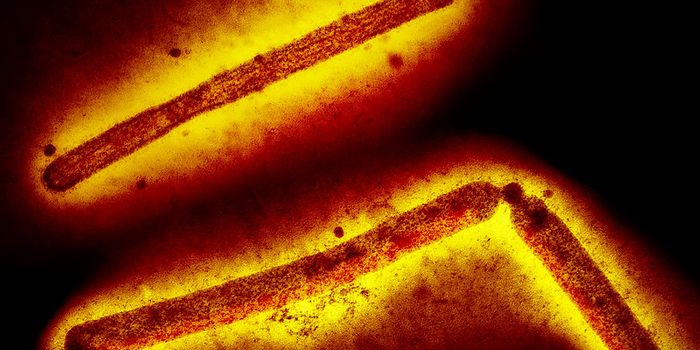Cell-Free RNA Patterns Help Solve Diagnostic Mysteries in Kids
RNA can act as an intermediary between the genome and the cell; active genes are transcribed into messenger RNA molecules, for example. While RNA can perform a variety of crucial functions, it is also released from cells, particularly when cells are dying. All of that expelled RNA often ends up in the bloodstream. Scientists have shown that cell-free RNA molecules that are found in blood can be used to diagnose certain diseases in children, including bacterial and viral infections, multisystem inflammatory syndrome in children (MIS-C), or Kawasaki disease (KD). The tool can also be used to monitor organ health. The findings have been reported in the Proceedings of the National Academy of Sciences (PNAS).
Diseases and infections that are connected to inflammation can be particularly dangerous for children, and the generic and similar symptoms that these illnesses cause can lead to misdiagnoses. When MIS-C is not treated in a timely fashion, it can cause organs including the lungs, brain, and heart to swell. Kawasaki disease is the leading cause of acquired heart disease in children, and may cause aneurysms or heart attack if left untreated. A cell-free RNA-based diagnostic test could help clinicians differentiate between them, and deliver effective treatments to patients faster.
The release of RNA from dying cells can give scientists diagnostic clues. "By isolating that RNA and sequencing it, we can discover biomarkers for disease and backtrack where the RNA is coming from to measure cell death," suggested first study author Conor Loy, now an Ignite Fellow for New Ventures at Cornell University.
In this research, the investigators assessed 370 pediatric plasma samples from patients with various inflammatory conditions. The RNA was converted to DNA, which makes it much easier to work with in the lab but preserves the sequence of the molecule. This sequencing reveals the protein-coding, active genes in the genome.
The team then relied on computational tools to find patterns of disease. They were able to identify disease signatures that could be used for diagnosis, and were also indicative of damage to specific organs or tissues, such as the heart, liver, nervous system or upper respiratory tract. The level of RNA coming from one tissue can be quantified, and can indicate damage or injury.
The investigators also acknowledged that we still have a lot to learn about cell-free RNA.
"We show that cell-free RNA is useful, but now we feel obligated to also understand a bit more about the biology of where the molecules come from, and perhaps more importantly, why you can reproducibly isolate them from plasma, and why they're stable in plasma," said co-senior study author Iwijn De Vlaminck, an associate professor at Cornell University. "It's because they're protected. We think we've started to get a handle on that as well."
Sources: Cornell University, Proceedings of the National Academy of Sciences (PNAS)









